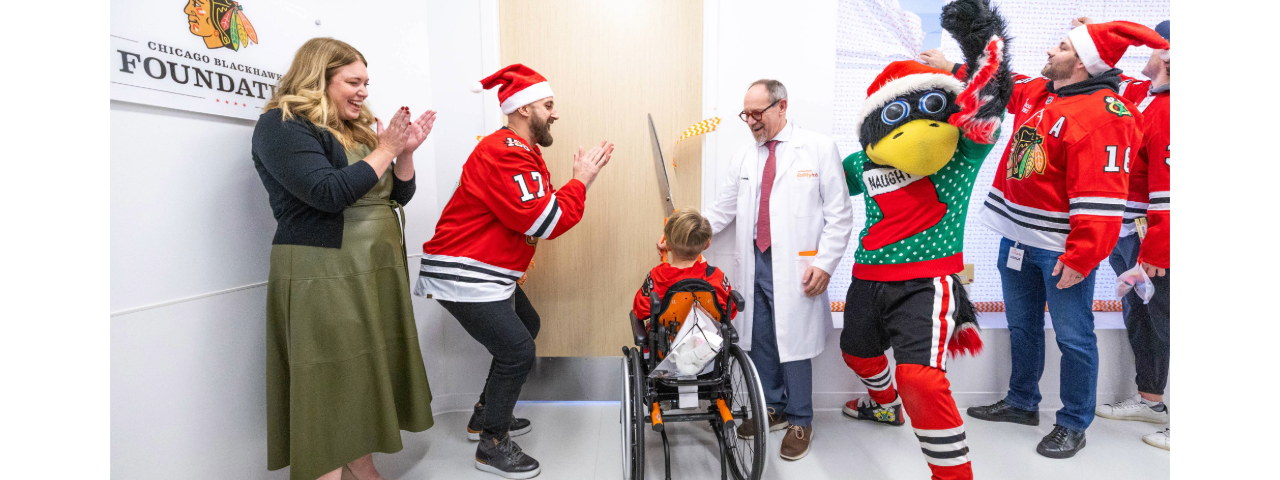Body
In 2014, a previously healthy 25-year-old man experienced a diving accident that resulted in a C4 spinal cord injury with tetraplegia. He was unable to control movements in both his upper and lower body.
Some individuals with tetraplegia can benefit from reconstructive hand surgery to improve their ability to control wrist and finger movements. To determine which patients are good candidates for the surgery, surgeons use a metric called the International Classification of Hand Surgery in Tetraplegic Patients (ICSHT). This individual was classified as an "ICSHT 0," meaning that, based on existing evidence and medical protocols, reconstructive hand surgery was not recommended for him. This is because it was thought that he had no muscles available to serve as a “donor” for function.
However, Richard Lieber, PhD, chief scientific officer and senior vice president, Research, Shirley Ryan AbilityLab, and Jongsang Son, PhD, research scientist, Shirley Ryan AbilityLab, worked with Dr. Lieber’s long-time colleague, Jan Friden, MD, PhD, chair, Tetraplegia Hand Surgery Service, Swiss Paraplegic Centre, to develop a novel approach to reconstructive surgery that can benefit patients who were not previously considered good candidates for surgery based on the ICSHT system.
Mentioned Profile

Richard L. Lieber, PhD
Chief Scientific Officer & Senior Vice President of ResearchMentioned Profile

Jongsang Son, PhD
Associate Research Scientist Research Assistant Professor of Physical Medicine and RehabilitationBody
Now, seven years later — thanks to this tendon transfer surgery using the brachialis muscle (BRA) — the now-32-year-old has reached his functional goals. He has a stable wrist without support of an orthosis, can hold a fork and eat independently, can operate a computer mouse, and can hold a mobile phone and semi-full bottles.
This work was recently published as a case study entitled, “Outcome from a Brachialis Donor for Wrist Extension in Tetraplegia: Time to Reconsider the International Classification for Surgery of the Hand in Tetraplegia," in Spinal Cord Series and Cases. Drs. Lieber and Son together with their co-authors — Dr. Friden and Sabrina Koch-Borner, also of the Swiss Paraplegic Centre — noted that, based on what they were able to accomplish, BRA is “an excellent donor muscle for this procedure." They highlight the muscle's peak force production, fiber length and excursion. In other words, the BRA functional properties matched the patients need for wrist extension and elbow flexion.
“The transfer itself is safe and, importantly, can be immediately mobilized for neuromuscular rehabilitation," they wrote.
After this successful procedure, the researchers urge the ICSHT to reexamine its recommendations.
“Based on this successful first case performed and the solid theoretical basis for BRA use as a donor muscle, we recommend that the International Classification of Hand Surgery in Tetraplegia be improved to include BRA as an available donor muscle. We look forward to active discussion of this case and its therapeutic implications."
“This project was a great opportunity for me to learn how to address a clinically-oriented question through multidisciplinary collaboration," said Dr. Son.
“This study shows what happens when scientists and physicians team up to address an important problem. The results require more skills than any one person has," said Dr. Lieber. “Now, because Jan and I had that conversation, this man can be much more independent."

